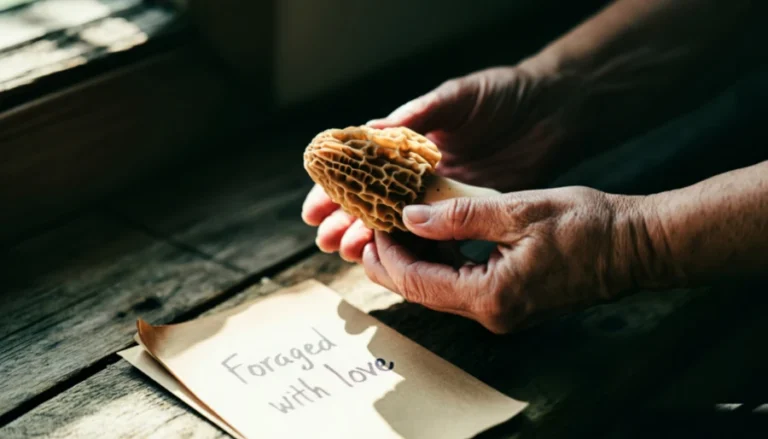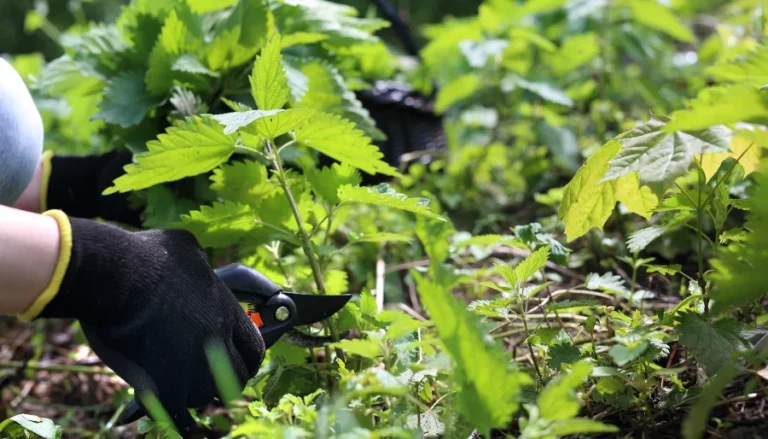The bottled water industry is facing a wave of scrutiny following a recent Columbia University study highlighting the presence of tiny plastic particles, known as “nanoplastics,” in their products. The study has ignited a debate about the potential health risks of these particles, which are small enough to penetrate human cells.
“Media reports about these particles in drinking water do nothing more than unnecessarily scare consumers,” stated the International Bottled Water Association (IBWA) in response to the findings. The association emphasized the need for calm and a deeper scientific understanding of nanoplastics and their impact on human health.
Study Findings and Industry Pushback
Published in the Proceedings of the National Academy of Sciences (PNAS), the study revealed nearly 250,000 nanoplastic particles in an average bottle of water. Researchers employed laser technology to detect plastics smaller than previously identifiable, reaching the nanoscale, akin to the size of a virus.
The IBWA highlighted the novelty of these detection methods and the nascent stage of nanoplastics toxicology to urge caution among consumers. “There currently is both a lack of standardized methods and no scientific consensus on the potential health impacts of nano- and microplastic particles,” the association noted.
World Health Organization (WHO) Findings
Citing WHO research, the IBWA pointed out the scarcity of conclusive evidence on the health impacts of nanoplastics in the environment. The WHO report indicated no adverse health effects from consuming foods and beverages contaminated with micro and nanoplastics, due to limited research data.
The WHO also raised concerns about direct health impacts from nano- and microplastic pollution, including the potential for toxic microorganisms to attach to plastic particles and enter the human body, causing inflammation and infection. “The possibility of enrichment of antimicrobial-resistance genes in MP-associated biofilms and the role of NMP as vectors for pathogens and chemicals should be studied further,” the WHO advised.
The WHO underscored the urgency of more research, emphasizing plastic pollution as a serious global issue heightened by the current lack of evidence. “Although the limited data provide little evidence that NMP have adverse effects in humans, there is increasing public awareness and an overwhelming consensus among all stakeholders that plastics do not belong in the environment,” the report stated.
Broader Environmental Concerns
The study’s focus on bottled water has sparked a wider conversation about plastics in the environment. Barbara Ossmann, a German government scientist, suggested that micro- and nanoplastics are detectable in water not necessarily because they’re more prevalent there, but because they’re easier to study in water compared to other substances.
The IBWA argued that the focus on bottled water gives a misleading impression of the prevalence of these particles, and they have a point. “Bottled water is just one of thousands of food and beverage products packaged in plastic containers. Moreover, and perhaps even more important, nano- and microplastic particles are found in all aspects of our environment — soil, air, and water.”
In truth, while it’s easy to demonize the plastic water bottle industry, the facts are on their side. While it may seem that the levels of microplastics are extremely high in bottles of water, we can’t state that with any certainty. Do we really think there are more nanoplastic particles in a bottle of water than an ultra-processed frozen dinner? Probably not, but that frozen dinner is a lot harder to determine.
More To Discover
- Stanford Engineers Slash Energy Use by 97% with Ingenious Actuator
- From Plastic Fantasies to Environmental Realities: Behind the Curtain of Corporate Greenwashed Promises
- Only 3% Bamboo: ‘Sustainable’ Toilet Paper Companies Caught Lying
- Chipotle’s Investment in Cutting-Edge Agriculture and Fertilizer Tech Aims to Shed Greenwash Shadow
Conclusion
The Columbia University study on nanoplastics in bottled water raises critical questions about our understanding of plastic pollution and its impact on human health. As the scientific community and the bottled water industry grapple with these findings, the call for more research and a broader perspective on environmental health becomes increasingly urgent.





















